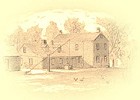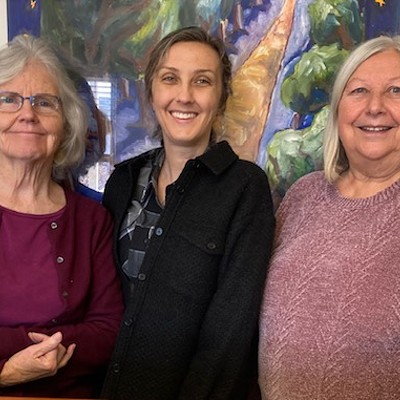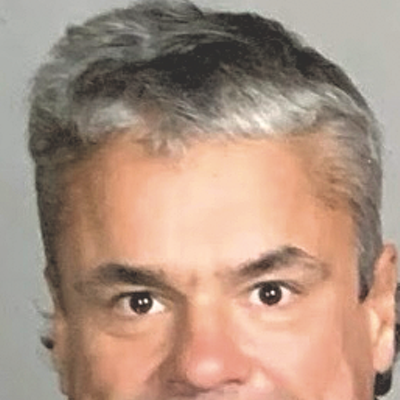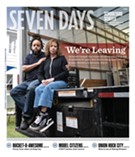click to enlarge 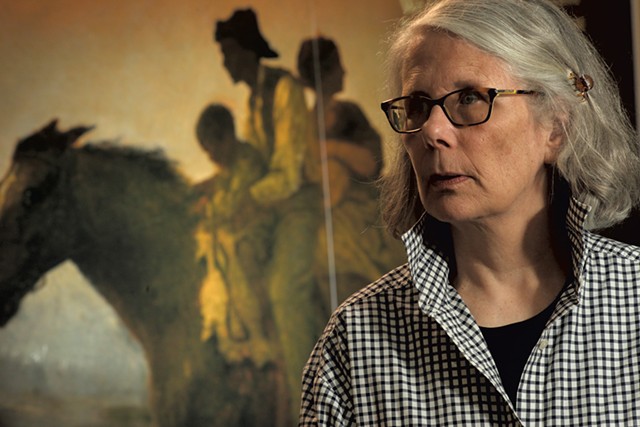
- Matthew Thorsen
- Jane Williamson
Last summer, Rokeby Museum director Jane Williamson received a crash course in the pitfalls of uniting past and present. After the police killings of Philando Castile and Alton Sterling and the shooting of five Dallas police officers, she placed a Black Lives Matter sign at the Route 7 entrance of the museum. It disappeared. So did the next nine identical signs she put up.
What Williamson thought was a no-brainer for an institution commemorating a northern stop on the Underground Railroad turned out to be more contentious. That controversy might have come as no surprise to the Ferrisburgh homestead's 19th-century owners, who fought for the cause of ending slavery in the United States. Radical abolitionists Rowland Thomas and Rachel Gilpin Robinson were the second of four generations of Robinsons who called the Rokeby plot home.
Placing — and replacing — the sign is just one way in which Williamson, 67, has illuminated Rokeby's relationship to national political narratives, both past and present. For the past 28 years, as volunteer and then director, she has worked to bring alive and share the estate's abolitionist history. Now, this summer will be Williamson's final season with Rokeby.
"Being the director of a small historical organization is really, really hard," she said during a recent visit to the site. Williamson first encountered the Rokeby in 1989, when she put her degree in library science to work by volunteering to organize the institution's vast archives. In 1995, she succeeded Tom Kernan as director. Despite myriad challenges — funding paramount among them — she has made significant accomplishments during her tenure.
It started small — with signage. In her early days, there were no way-finding designations for visitors. "In the beginning, it was so easy," Williamson said, referring to installing proper signage. "I thought I could bring it up a notch or two in terms of the professionalization of our presentation to the public."
Two years after she became director, in 1997, Rokeby was designated a National Historic Landmark by the National Park Service — a nomination that Williamson had instigated.
Then came the building project. In the early 2000s, Williamson began to put her efforts into raising more than $1 million to build an Underground Railroad Education Center. The new 2,500-square-foot structure, she believed, would be a critical addition to Rokeby's 11 historic buildings, putting its Underground Railroad history firmly and visibly at the center. It would also offer something previously unavailable to guests: restrooms.
The center was completed in 2013, and two-part time, seasonal staff members were hired to help with operations, including permanent exhibit "Free & Safe: The Underground Railroad in Vermont." The multi-gallery audiovisual exhibit presents an animated account of how two real-life escaped slaves, Simon and Jesse, might have intersected with the abolitionist Robinsons — and with Rokeby as a safe haven for fugitive African Americans.
In the center's first season, the numbers of visitors to Rokeby tripled from the previous year. Attendance, Williamson wrote in an email, "has continued to climb, though more slowly than we'd like."
"Free & Safe" showcases Williamson's talents as "a true-blue historian," as she described herself. She majored in history as an undergraduate and went on to receive a master's from the University of Vermont's Historic Preservation Program, in addition to her MS in library science. For both Williamson and her staff, working and volunteering at Rokeby means cultivating a "constant deepening of our understanding and knowledge about the whole family," she said. "If you overheard [us talking about the Robinsons], you'd think we were talking about someone in the next room."
During the museum's off-season, Williamson provides volunteers with "homework" of sorts: reading materials, including original correspondence, that relate to the following summer's programming.
The education center has afforded the Rokeby space for rotating seasonal exhibitions. Williamson's last show as director, "Yours in the Cause: Faces of Radical Abolition," will open July 9. It features archival portraits, most on loan from the Massachusetts Historical Society, of prominent abolitionists — some of whom were close friends of the Robinsons.
Williamson recalled the inspiration that sparked this final show: Roughly a decade ago, she was looking through a Robinson family photo album. Included among the sundry relatives were images of three significant abolitionists: Thomas Garrett, William Lloyd Garrison and Oliver Johnson. "[It was] as if they had made these people honorary members of the family by including them," Williamson explained.
As any good historian knows, history is not just about the past. In conversation, Williamson readily draws comparisons between the abolitionist struggle, the 1960s anti-war movement and contemporary American race politics. All three causes, she noted, have involved promoting nonviolence, changing public opinion and grappling with electoral politics.
"The only thing in a democracy that stops anything," she observed, "is public opinion."
Williamson dealt with plenty of opinions during last summer's controversy over the Black Lives Matter sign, fielding angry phone calls and concerned board members. "It's an open question here in Vermont," she said. "There are people who do not agree that black lives matter."
Instead of backing away from the heat, though, Williamson fueled the fire. In early June of this year, Rokeby hosted a Sunday afternoon Black Lives Matter forum that addressed implicit bias. BLM Vermont director Ebony Nyoni was among the speakers.
"We are now trying to connect to all the social justice groups in the state," Williamson said.
Rokeby, it would seem, has come a long way since Williamson's early days. Whether it is poised to go further — aided perhaps by today's retrograde political climate — will depend on her successor. What sort of person does she hope for? "Someone with a lot of energy," Williamson said.










































